Table of Content
In the summer months, the ideal cooling temperature is around 78°F for warmer climates. Set your air conditioner or thermostat to this temperature when you’re at home. If you have a thermostat, get in the habit of bumping it up a few degrees at night or when you leave home, especially if it’s a particularly hot day. This is important because your cooling and heating devices work harder when the weather is more extreme. So, if it’s more than 90°F outside, your air conditioner will need to generate more power in order to bring your room temperature down.
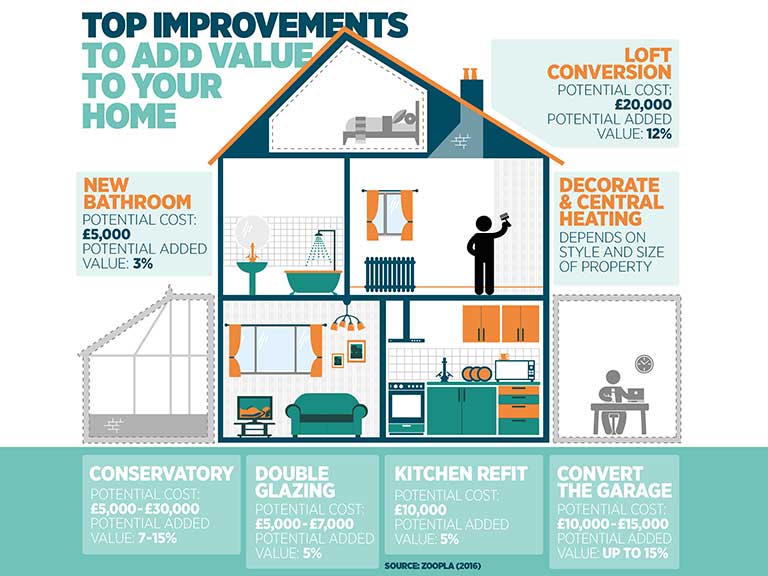
Electric alternatives, like induction cooktops and reverse-cycle air conditioners are much more energy efficient, safer, and better for the climate than gas. Check out Renew’s resources to learn more about getting your home off gas. If you are trying to improve your home energy efficiency, insulating the hot water pipes is a thing you should consider. By doing this, you can raise the temperature of the water that goes through the pipes for up to 4F.
Please enter your postal code to view offers in your area.
Home audits typically vary in price, ranging from free to $500, depending on your location and service provider. And even if you’re not in a position to replace your old boiler just yet, there are a few other nifty tricks you can try, to make your current one work better. To find more ways to stop draughts getting in and out, check out our complete guide to DIY draught-proofing. If you receive certain benefits, you might qualify for the Energy Company Obligation Scheme, which can help you cover the cost of insulation. To find out how much electricity an average UK home uses, and how your home compares, read our new guide. So here they are – 7 good ways to make your home an energy-efficient one.

To put it simply, home energy efficiency involves doing more, with less. While these can be costly up-front, they can prevent up to 30% of heat loss compared to standard windows. Looking out for the cool change on hot days and opening all windows to create cross-ventilation. And find out how to use heating controls and thermostats most effectively. LED bulbs are more expensive to buy, but they use around 90% less energy and can last up to fifteen times as long. Insulate all accessible hot water pipes using off-the-shelf foam tube.
Energy efficient lighting
You can set up a rooftop solar system even if you're renting, as long as you have permission from the owner to install it. Better insulated homes require less energy to keep warm than poorly insulated ones. And, although controlled ventilation is very important to control and prevent damp and condensation build up, an uncontrolled draught can waste heat and energy, and ultimately cost you more. Less of a replacement and more of an addition to what you already have, secondary glazing is a good choice for rental homes and listed buildings. The government says that if you effectively insulate your loft space you can cut your energy bill by around 20%. As with the walls, understanding which type of floor you have is paramount to choosing the correct floor insulation.
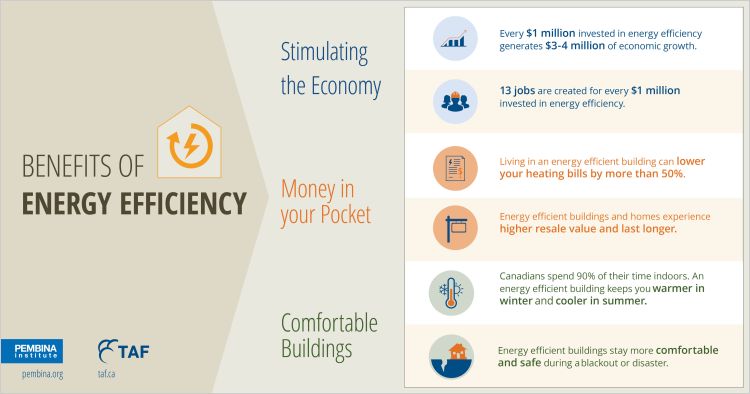
Almost every real estate agent in the industry believes applying a fresh lick of paint to any home will see it fetch more than when left as is. The best part of repainting the house is that it is more affordable and easier than other labor-intensive and expensive upgrades. According to research, repainting the house can increase your home’s value by up to 5%.
Use Renewable Energy
In most homes, about 2% of the heating bill will be saved for each degree that the thermostat is lowered for at least eight hours each day. Turning down the thermostat from 75° F to 70° F, for example, saves about 10% on heating costs. Low-income households can receive assistance from state and local governments to improve their energy efficiency and lower their energy bills. Energy-efficient buildings cost less to heat, cool, and operate, while industry and manufacturing plants can make products at lower cost. Whether it’s the planet, your wallet, or both, by making some small changes in your home, you can get on the path to energy efficiency today. It’s not easy to regulate your energy use, especially if you have kids, but if energy efficiency is what you’re looking to achieve, it’s a crucial habit to form.
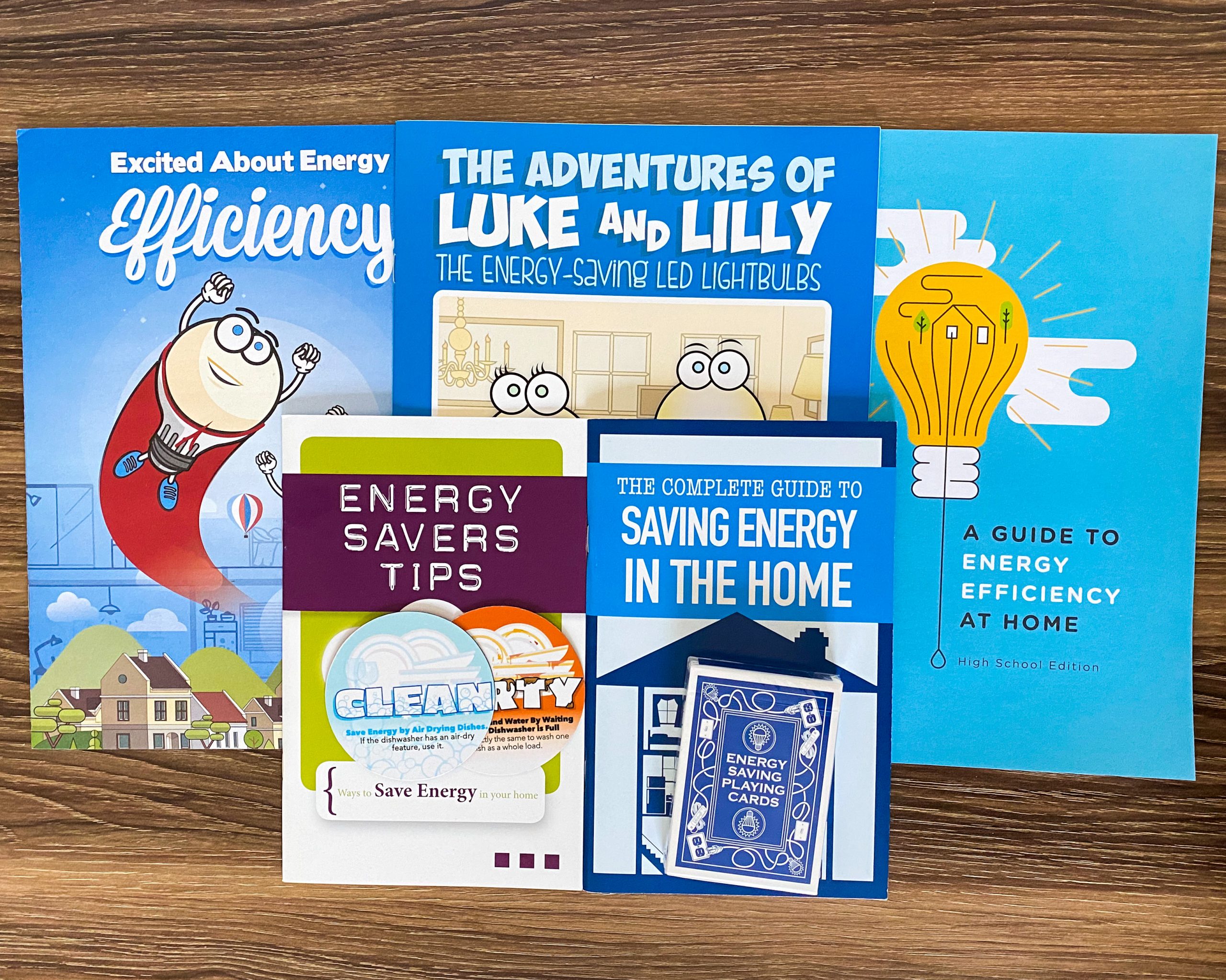
Unlike traditional thermostats, smart thermostats are programmable to your schedule so that your heating system only works when you’re at home to enjoy the warmth. Insulating your windows is a really rewarding way of energy-proofing your home. In winter, a draughty room is far from comfortable – so, if you can, it makes sense to invest in some energy-efficient double-glazed windows. Do this and you could save up to £95 a year on heating bills, and 330kg of carbon3. Whether you’ve got cavity or solid walls, filling them with wall insulation could be a very cost-effective way to retain heat in your home and save energy.
Warm up your decor in winter
External wall insulation involves affixing a layer of insulating material to your outside walls and covering it with a specially designed plasterwork or cladding. The UK Government believes reducing household energy consumption is a key factor in shrinking the collective carbon footprint of the nation. Check out the free home design templates from Design For Place here. LEDs use up to 80% less energy and last ten times longer (and don’t forget to make the most of natural light! NSW, VIC SA, and the ACT all offer incentives to switch to LED lights. Although lighting may seem a minor part of your home's energy use, it is part of the EPC assessment. Swapping old light bulbs for low-energy LEDs can even improve your EPC rating.
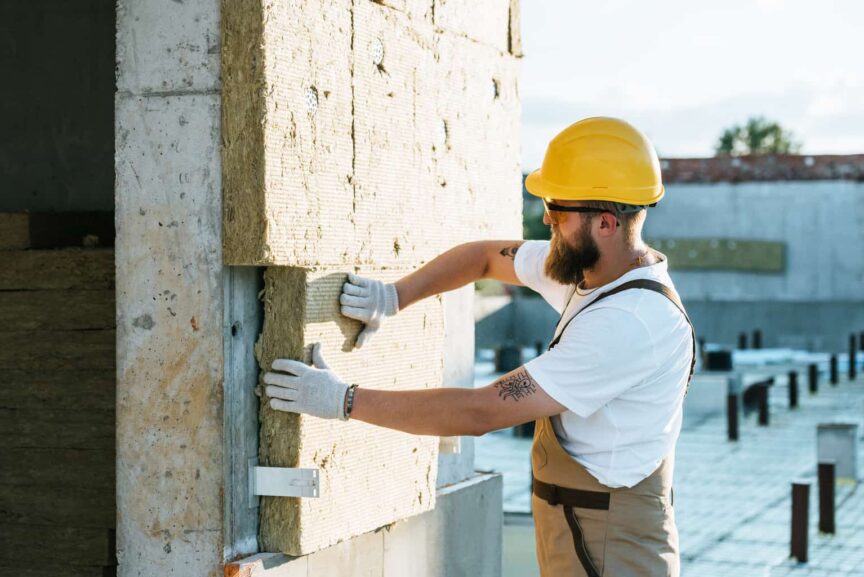
In an existing house, the first step is to conduct a home energy assessment to find out how your home uses energy and determine the best ways to cut energy use and costs. To learn more about home energy assessments and find free tools and calculators, go to Your Home's Energy Use, the Residential Services Network, and the Building Performance Institute. Upgrading to LED lighting can help you reduce your energy use by 75% compared to incandescent lighting. Keep your eye on the market for high-performance, energy-efficient systems and equipment. Energy Star certified products, for example, will tend to be in the top 15 to 30% of their class for energy performance. Your building’s energy efficiency not only affects your utility bill, but can also have an impact on your property’s value and your workers’ performance.
A list of all grants and financial incentives for energy efficiency by province is available on the Natural Resources Canada website. For non-standard areas with odd joist spacing or frequent obstructions, it’s easier to use loose fill insulation. It costs about $1.20 to $2 per square foot to have a contractor blow it in.
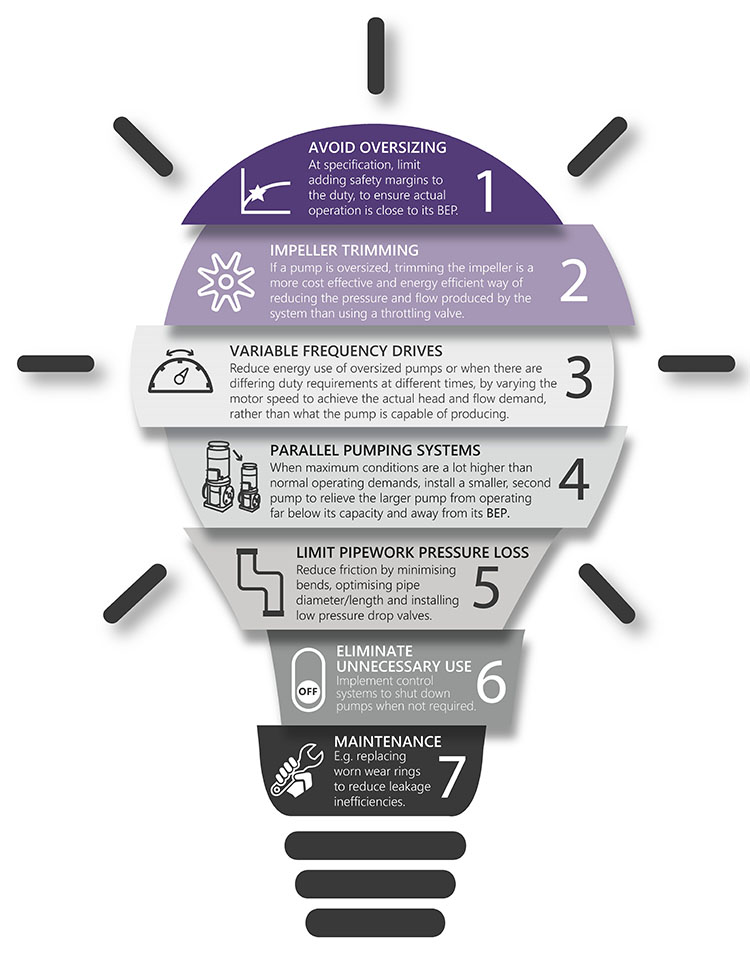
Improving your home’s insulation has the potential to save between 10% and 50% of your heating bill. The best place to target is your attic, including the floor and the rafters. As you need to replace appliances throughout your home, opt for those with a high Energy Star rating. Also think about the appliance design when choosing a new one. A front-loading washing machine, for example, not only dries clothes better (thereby reducing the dryer’s job), it also uses less water.
Manufacturers can partner with the Better Plants Program to set energy, water, and waste reduction goals, and receive technical assistance, tools, and more. Is dedicated to improving the energy and material efficiency, productivity, and competitiveness of manufacturers across the industrial sector. Every American can advocate for renewable energy by becoming a Clean Energy Champion. Both small and large actions make a difference.Join the movement.
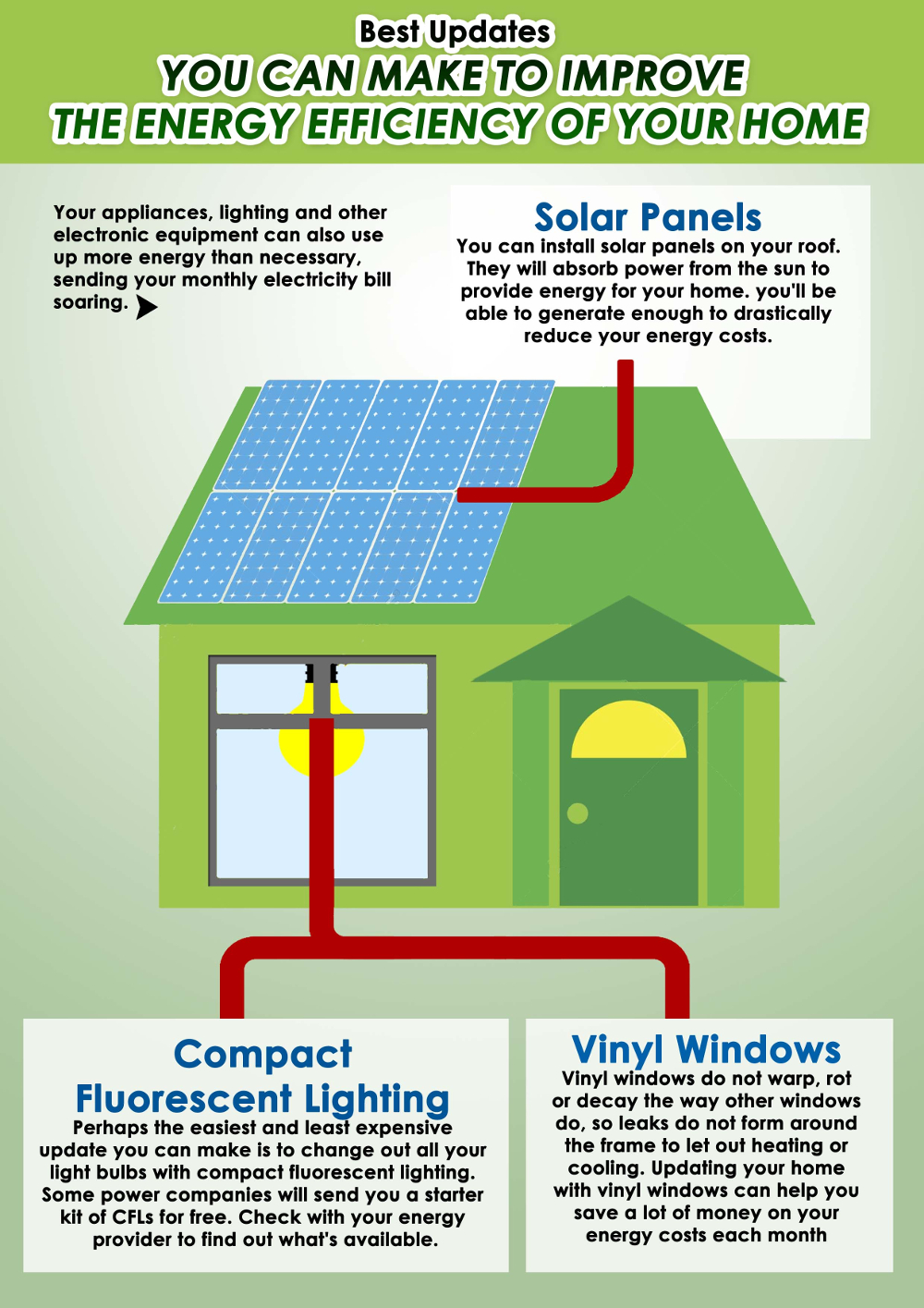
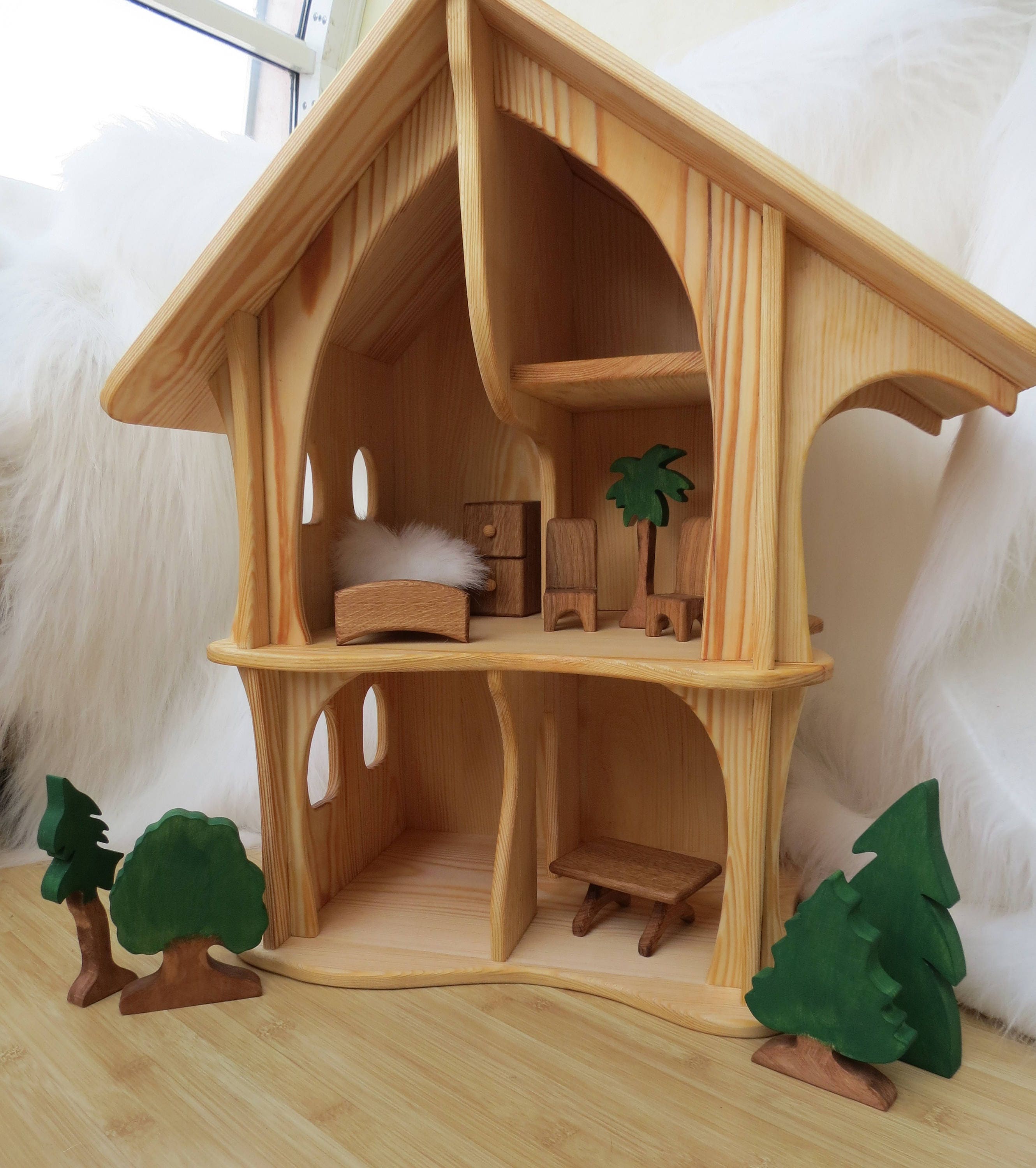
No comments:
Post a Comment